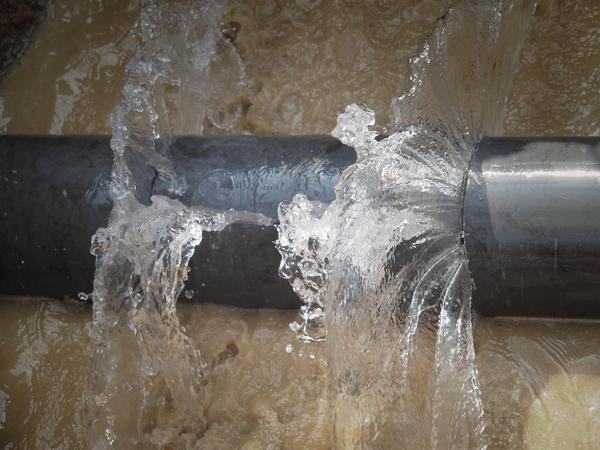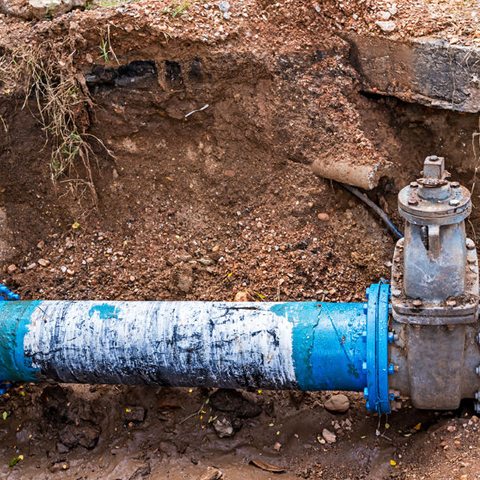Each person has their own idea on the subject of What to Know Before Installing a Dishwasher.

A ruptured pipeline is a significant emergency; you can just stand as you see water you pay very much to rejoin with the earth. In even worse cases, you see a pool on your cooking area floor, which is a wonderful trip danger, especially if you have kids around. If the pipe that burst remained in your wall surfaces, bad news: you might require to repaint that whole area.
Exactly how can a tragedy like a burst pipe be prevented and handled? Well, by listening to your specialist emergency plumbers and following these guidelines.
Exactly how do I understand when my pipelines have ruptured?
Rising and fall water pressures
Pipes do not just burst in a day. You may have discovered that your kitchen area tap or shower doesn't run instantly when you turn the faucet. It may pause for a few seconds and then blast you with more force than normal.
In various other circumstances, the water may seem typical initially, then drop in pressure after a few secs.
Contaminated water
Many people assume a burst pipeline is a one-way electrical outlet. Fairly the contrary. As water spurts of the hole or tear in your plumbing system, impurities discover their way in.
Your water might be polluted from the source, so if you can, check if your water tank has any troubles. Nonetheless, if your alcohol consumption water is supplied and cleansed by the city government, you should call your plumber immediately if you see or scent anything amusing in your water.
Puddles under pipes and sinks
When a pipeline ruptureds, the outflow forms a puddle. It may show up that the puddle is growing in dimension, as well as regardless of how many times you wipe the pool, in a few minutes, there's another one waiting to be cleansed. Commonly, you may not be able to map the puddle to any kind of noticeable pipes. This is a sign to call a professional plumber.
Damp walls and water spots
Before a pipeline bursts, it will leakage, many times. If this consistent leaking goes undetected, the leak might graduate right into a broad gash in your pipeline. One simple means to prevent this emergency is to watch out for wet wall surfaces ad water spots. These water stains will certainly lead you right to the leak.
Untraceable trickling noises
Pipeline ruptureds can happen in one of the most unpleasant areas, like within concrete, inside walls, or under sinks. When your home goes silent, you might have the ability to hear an irritatingly relentless leaking noise. Also after you have actually checked your shower head and also kitchen area tap, the trickling might continue.
Dear viewers, the leaking may be originating from a pipe inside your wall surfaces. There isn't much you can do regarding that, except inform an expert plumber.
Show up the Heat
Establish fans to blow warmth into cool spaces. Maintain the garage door shut. If you have minimized water flow, warm the most at risk pipes (normally in cellars and crawl spaces or near exterior wall surfaces) with a hair clothes dryer. Leave the faucet on while you apply warm. As you thaw ice, the flow will boost. To stop pipes from freezing, protect your wall surfaces.
Start Removing the Water
Get the wipe, pails as well as a store vacuum cleaner to start to eliminate the water since you absolutely do not desire it saturating right into everything else in the house. Plus, a quick clean up will certainly lower the opportunities of something getting musty.
What do I do when I identify a ruptured pipeline?
Your water meter will continue to run even while your water wastes. To reduce your losses, locate the main controls as well as transform the supply off. The water mains are an above-ground structure at the edge of your building.
How to Fix & Detect a Leaking Pipe
How Do I Know if a Pipe is Leaking?
Leak detection tests can help you determine if your pipe has a leak. Even if you don’t see an apparent leak, you should still conduct leak detection tests regularly to save water and money—and prevent major damage to your home.
Water meter. It can be helpful to figure out what your usual water meter usage numbers are and then monitor them regularly. To monitor your meter, first, turn off all water faucets in your home. Check the meter and write down the numbers. In a few hours, check the meter again. If the numbers have changed, you have a leak. Water gauge. Use a water gauge to test your water pressure. Your showerhead should produce a certain amount of water pressure based on its model and design. If the pressure is lower than it is supposed to be for that specific showerhead, your home likely has a leak. Puddles. Look inside your bathroom, laundry, and kitchen sink cabinets. Puddles around the cabinets or around toilets, tubs, showers, and washing machines indicate the presence of a leaking pipe. You may also notice loose tiles, peeling or flaking paint, or mold caused by water accumulation. Napkin test. Even if you don’t see any puddles, you may still have a leak. You can test for water leaks in the bathroom, laundry, and kitchen by wiping below-sink connections with a napkin, paper towel, or piece of toilet paper. If it becomes damp, you probably have a leaking pipe under the sink. Discolored walls. Walls that are discolored—usually with brown or yellow stains—or bulging might mean that they have been impacted by water damage caused by a leaking pipe. Smell. A leaky pipe will create sitting water, and over time, that water may develop a musty smell. If your home smells musty, but you can’t locate the source, it may be due to a leak. Steps for Fixing a Leaking Pipe
A leaky drain can be remedied by tightening the pipe base, replacing the drain seal, caulking the rim, and tightening the pipe nut. Similarly, a leaking toilet pipe can be treated by tightening the packing nut. You may also need to replace the valve. A leaky faucet may just need tightening or replacement of the washers. If that doesn’t work, consider replacing your faucet. If your pipe has a hole in it, you may want to use a pipe leak sealer or pipe leak tape. This quick fix for water pipe leaks can also temporarily fix a copper pipe leak. https://www.ahs.com/home-matters/quick-tips/how-to-tell-if-pipes-are-leaking/

I am very involved in How to Install and Connect a New Dishwasher and I'm hoping you enjoyed the entire blog posting. Are you aware of somebody who is fascinated about the topic? Why not share it. I recognize the value of reading our article about How to Install and Connect a New Dishwasher.
Address emergency plumbing promptly here.